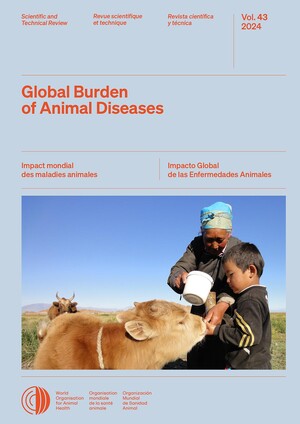
Farmers' perceptions of benefits and factors affecting the adoption of improved dual-purpose cowpea in the dry savannas of Nigeria
Abstract
This study links participatory research methods, geographic information systems (GIS) techniques, village and household-level surveys, and a tobit analysis to examine the adoption and impact issues related to a new technology, improved varieties of dual-purpose cowpea (IDPC), developed by International Institute of Tropical Agriculture (IITA) and International Livestock Research Institute (ILRI) and recently released in Nigeria. The article analyzes factors affecting the adoption and impact of the technology across different socioeconomic domains as defined by degree of market access and population density. The results show multiple benefits from this flexible leguminous crop, many of which relate to the fodder and soil fertility-enhancing aspects of IDPC rather than higher grain yields per se. The intensity of adoption was affected by different village- and household-level factors in each socioeconomic domain, allowing more sharply defined recommendation domain-targeting strategies. The multiple research approaches taken also provided useful lessons at different system levels regarding the benefits of, and perceived problems with, this technology for researchers, development practitioners, and policy makers. The collaborative research approaches taken in this study are helping to close the "feedback loop" from farmers back to researchers and others attempting to disseminate the technology, and by doing so, should contribute to faster and more widespread uptake of this technology.
Citation
Kristjanson, P., Okike, I., Tarawali, S., Singh, B. B., & Manyong, V. M. (2005). Farmers’ perceptions of benefits and factors affecting the adoption of improved dual‐purpose cowpea in the dry savannas of Nigeria. Agricultural Economics, 32(2), 195–210. Portico. https://doi.org/10.1111/j.0169-5150.2005.00338.x










